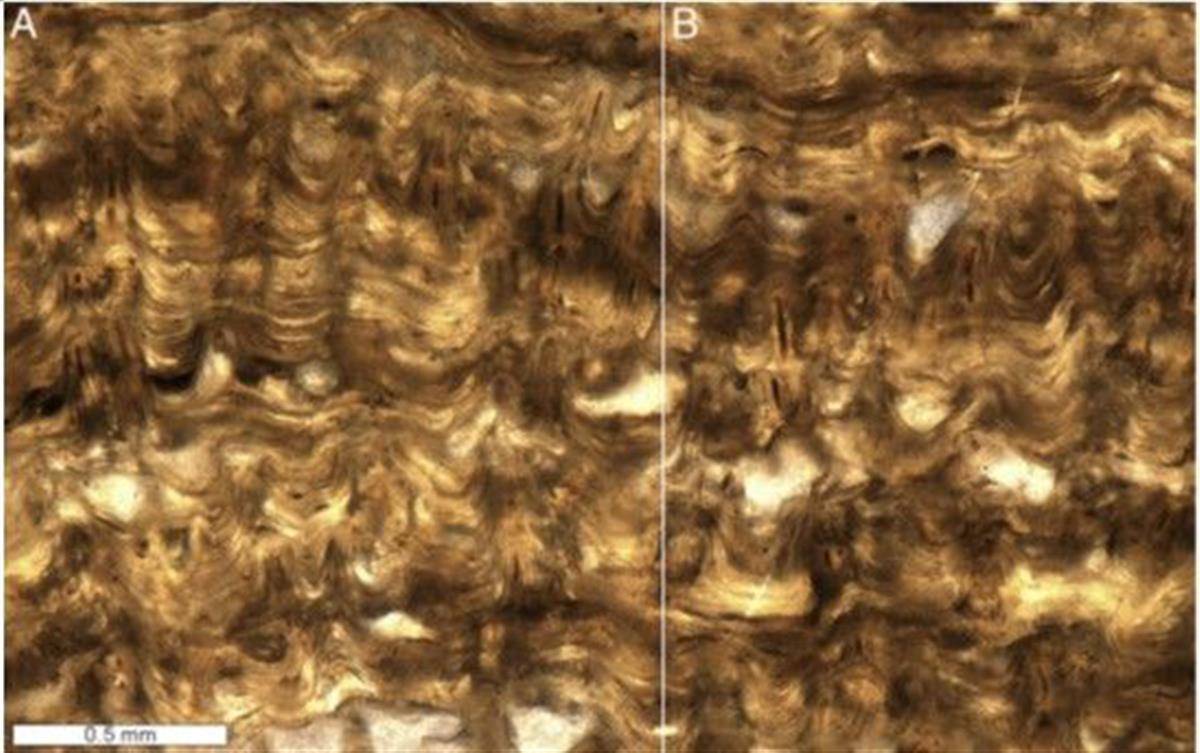Oldest sponge fossil discovery sheds new light on marine evolution timeline
2025-04-06 19:04:34
By Chen Zai
A 480-million-year-old sponge fossil was recently unearthed in Yuan’an County, Yichang, as announced by the Nanjing Institute of Geology and Paleontology. Named lophiostroma leizunia, it is the oldest stromatoporoid sponge ever discovered, pushing the known timeline of reef-building sponges forward by 20 million years.
Published on April 1 in the Proceedings of the National Academy of Sciences of the United States, the study reveals that this fossil acted as an early "marine architect," collaborating with corals to form complex reefs. Its skeleton is composed of a phosphate mineral known as fluorapatite, challenging past beliefs about sponge biology, which typically featured glass-like or shell-like materials.

A 480-million-year-old sponge fossil was recently unearthed in Yuan’an County, Yichang, as announced by the Nanjing Institute of Geology and Paleontology. Named lophiostroma leizunia, it is the oldest stromatoporoid sponge ever discovered, pushing the known timeline of reef-building sponges forward by 20 million years.
Published on April 1 in the Proceedings of the National Academy of Sciences of the United States, the study reveals that this fossil acted as an early "marine architect," collaborating with corals to form complex reefs. Its skeleton is composed of a phosphate mineral known as fluorapatite, challenging past beliefs about sponge biology, which typically featured glass-like or shell-like materials.

Longitudinal section of the Lophiostroma Leizunia Sponge Fossil
The fossil is named after Leizu, the wife of the Yellow Emperor and ancestor of sericulture and silk weaving. This is both because the fossil was unearthed near her birthplace and its microstructure resembles silk — much like the mythical Leizu, this ancient sponge was a master “weaver" of the primordial ocean.

Illustration of Leizu, wife of the Yellow Emperor, teaching people to cultivate silkworms. According to tradition, she discovered sericulture, and invented the silk loom, in the 27th century BC.
Zhang Yuandong of the Nanjing Institute of Geology and Paleontology says the find sheds light on early life’s adaptability to environmental changes. As early as 480 million years ago, animals had begun to utilize different minerals to construct their bodies in response to environmental and climatic changes. This research offers a new perspective for understanding the evolution of life on Earth.






